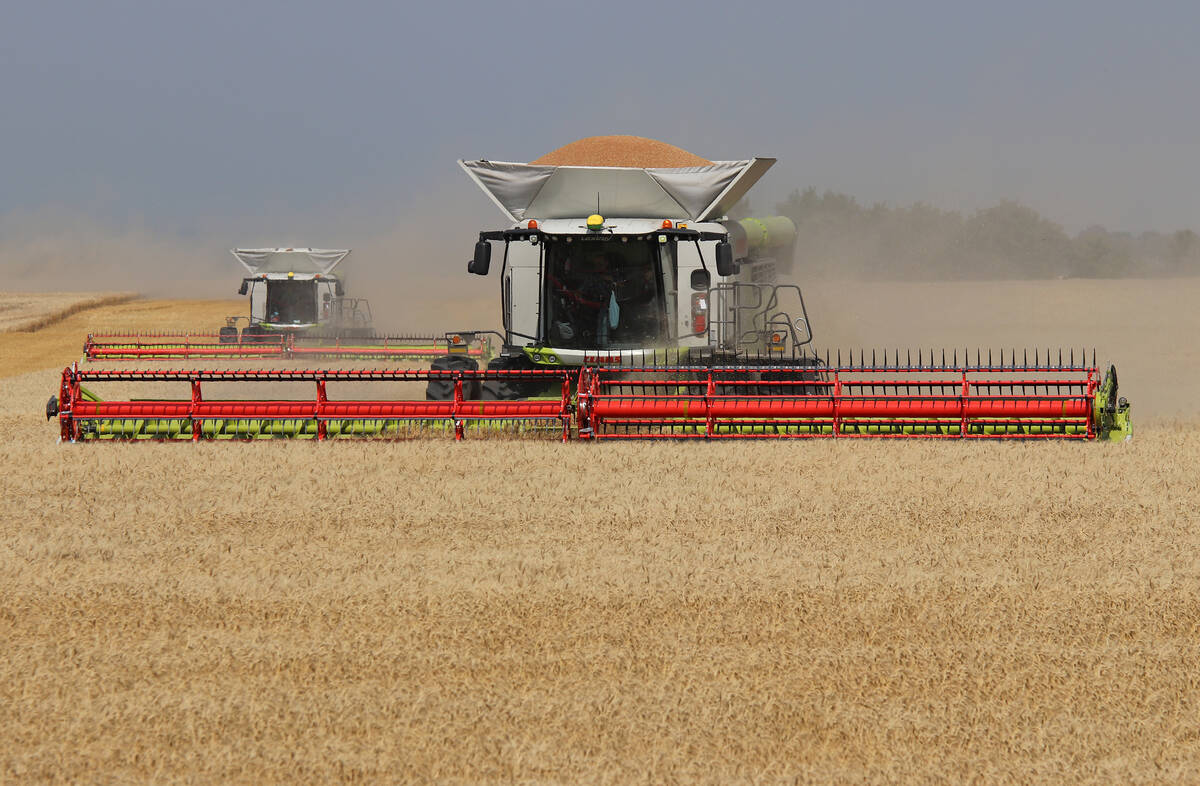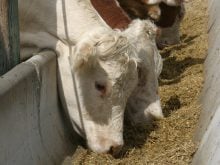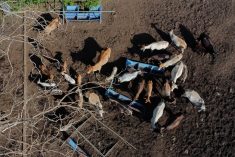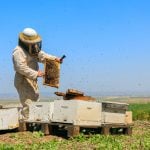An institute being developed at the University of Alberta aims to help kickstart a new high-tech industry to create food from cell cultures rather than farms, said a scientist.
The Institute of Cellular Agriculture will likely be launched early in the new year, said Heather Bruce, chair of the university’s department of agricultural food and nutritional science. She hopes to expand it into a national network involving other universities and colleges.
Cell cultures can be used to grow cells taken from animals or plants, which traditionally has been conducted at a small scale in petri dishes in laboratories, said Bruce. Cellular agriculture aims to expand this process to create food products at an industrial scale, she said.
Read Also

China’s grain imports have slumped big-time
China purchased just over 20 million tonnes of wheat, corn, barley and sorghum last year, that is well below the 60 million tonnes purchased in 2021-22.
She joked the concept somewhat reminded her of the food replicators in the Star Trek science fiction TV and movie franchise she watched as a child. However, she said it will likely involve cells grown in large stainless-steel bioreactors similar in appearance to the fermentation vessels in beer breweries.
Cellular agriculture has already been used to develop products ranging from chocolate and honey to milk proteins, said Isha Datar, executive director of New Harvest. It represents a new way of producing food “that kind of breaks all the rules of food production that have existed so far,” she said.
“We don’t normally think of Canada as a place where chocolate comes from or vanilla because it is rainforest farmed, but as we learn to scale these technologies, really there’s no reason why Edmonton couldn’t be the source of a vanilla business, for example.”
It could even extend to building meat products from cultured cells using 3D printing, said Bruce.
“I think it’s very early days in this industry, and we’ll just wait and see what all these clever people come up with.”
Datar said farmers shouldn’t feel threatened by the rise of cellular agriculture. The new industry will instead complement rather than displace conventional farming by promoting resiliency for food security at a time of increasing disruptions due to climate change, she said.
Farmers could benefit by providing the raw materials needed by cellular agriculture, she said. Cellular agriculture in return could produce ingredients for feed for animals on farms, said Bruce.
“I think the benefits outweigh the risks for conventional agriculture.”
Ontario Genomics estimated in 2021 that cellular agriculture could eventually bring as much as $12.5 billion in revenue per year to the Canadian economy, as well as create up to 142,000 jobs. However, much of the research needed to develop the industry is currently being conducted globally behind closed doors by private companies, said Bruce.
Information that could help speed its growth in Canada isn’t being shared, she said.
“A really important part of the institute’s purpose is to be transparent, and it’s also to make it so that this is a public good approach to research rather than the sequestering of intellectual property into the private sector domain.”
The institute will also train people so companies have enough staff, said Bruce. The initiative is being developed through a partnership that includes New Harvest, which is a non-profit institute that supports public research into cultured meat.
Another partner is CULT Food Science Corp., which is a North American investment platform that focuses on developing products and business initiatives in cellular agriculture.
The Institute of Cellular Agriculture will be in the University of Alberta’s Agri-Food Discovery Place. It is looking for funding, said Bruce.
Provincial Technology and Innovation Minister Nate Glubish did not respond when asked if the Alberta government was considering funding the institute or developing a strategy to promote cellular agriculture.
However, he said in a Dec. 22 e-mail that he looks forward to seeing what they develop.
“I admire the entrepreneurial spirit and innovative mindset of the U of A and New Harvest as they develop plans for an Institute of Cellular Agriculture, and I look forward to seeing what their research will produce in the coming years.”
New Harvest recently announced it was taking part in a project with the Alberta Machine Intelligence Institute. They plan to work together to get a sense of how artificial intelligence and machine learning could help accelerate the development of cellular agriculture.
















